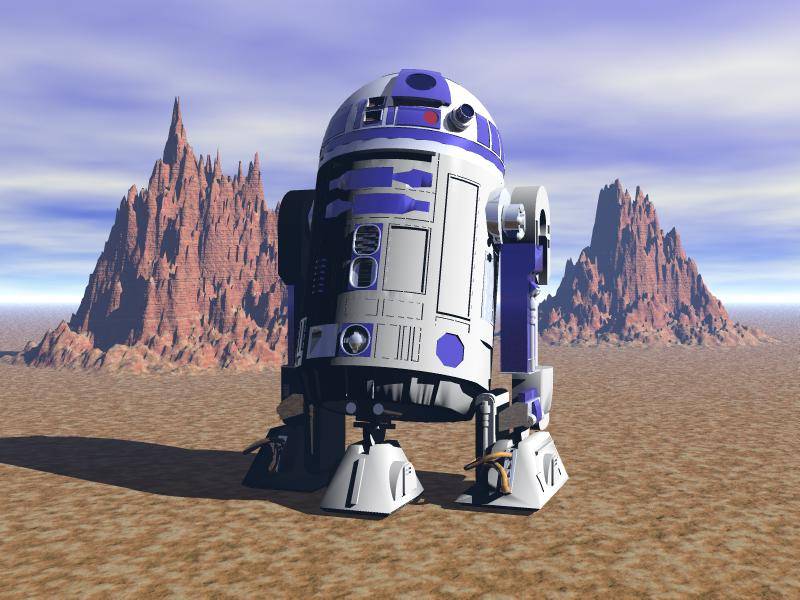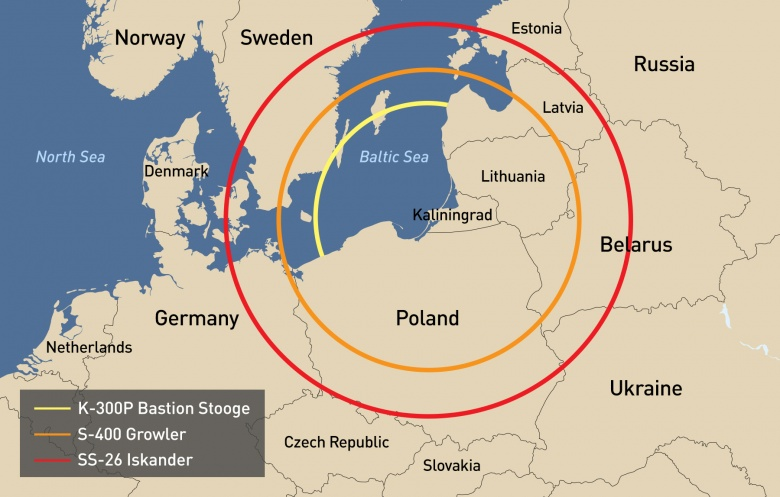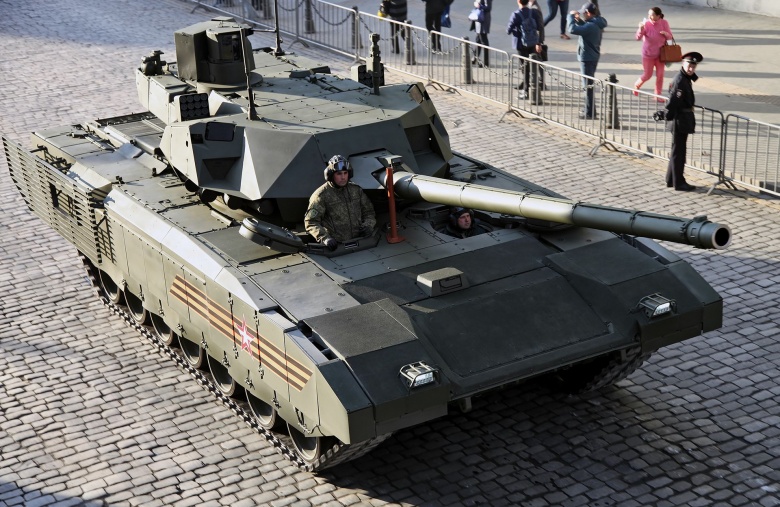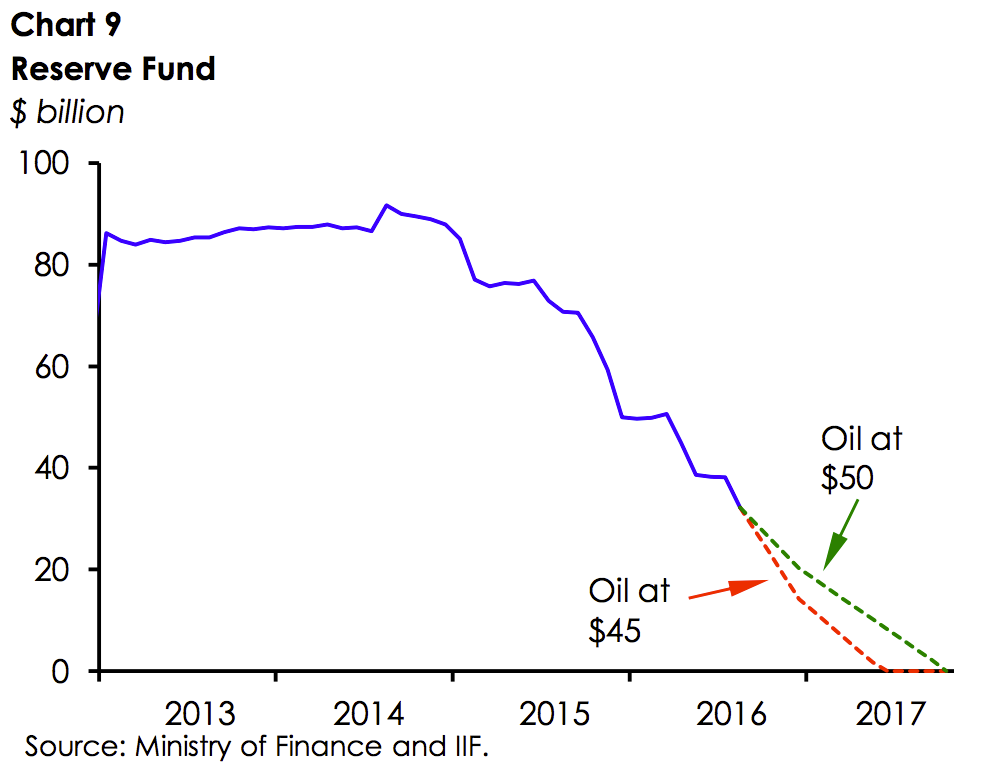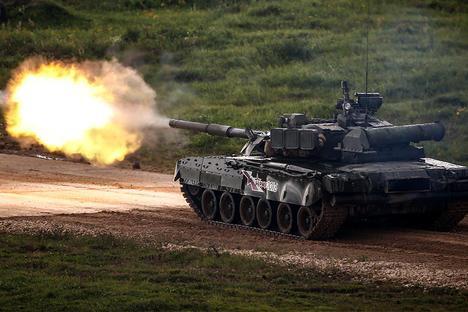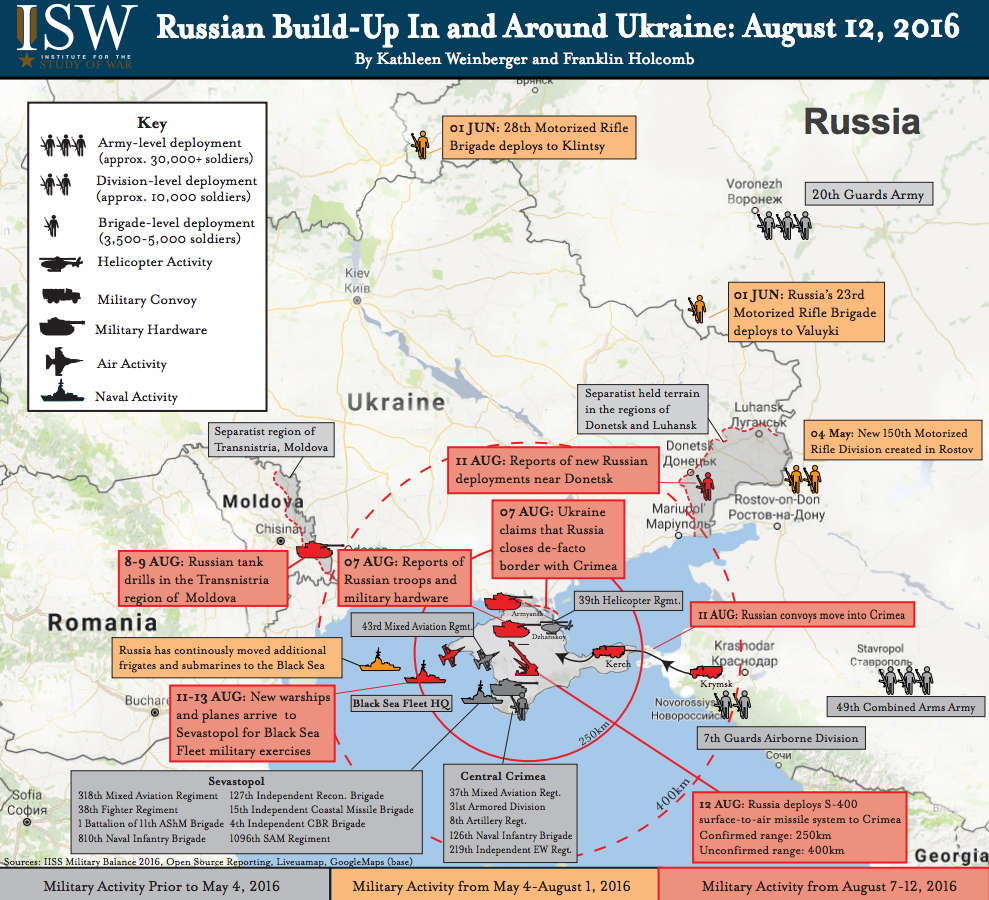Another comparative analysis article from The National Interest: America’s F-15 Eagle vs Russia’s Su-35 fighter: Who Wins?
This article lacks the depth of the nicely done article in the Armata Tank vs the M-1 Abrams Tank and the TOW missile. A few points:
- F-15C Eagle is now nearly 40 years old.
- It may be in service for another 20 years.
- The Flanker-E clearly has the advantage at low speeds.
- The F-15C and F-15E have the advantage at long ranges.
- I gather the author considers them overall roughly equal.
But the lines that catch my attention are:
“More likely to happen is that a F-15 would run into a Su-35 operated by some Third World despot. The pilots are not likely to have the training, tactics or experience to fight against an American aviator with a realistic chance of winning.”
I am not sure which “Third World despots” he is considering for his analysis. Indonesia is a democracy. Indonesia is not on bad terms with the U.S. I gather only Russia has the SU-35 with China and Indonesia having ordered them. Indonesia is using them to replace their aging fleet of U.S. F-5E Tiger IIs. The initial buy is something like 8 planes. Perhaps Algeria, Egypt, India, Pakistan, or Vietnam may purchase them at some point, but these are also not countries we are likely to conflict with. It does not appear that places like North Korea, Venezuela, and what remains of the government of Syria is going to obtain them (although Russia deployed at least 4 Su-35s in Syria). I think the author of the article probably needs to re-examine who is actually going to have and use these aircraft. So far, it seems to be only Russia, China (24 of them) and Indonesia (8 of them).

